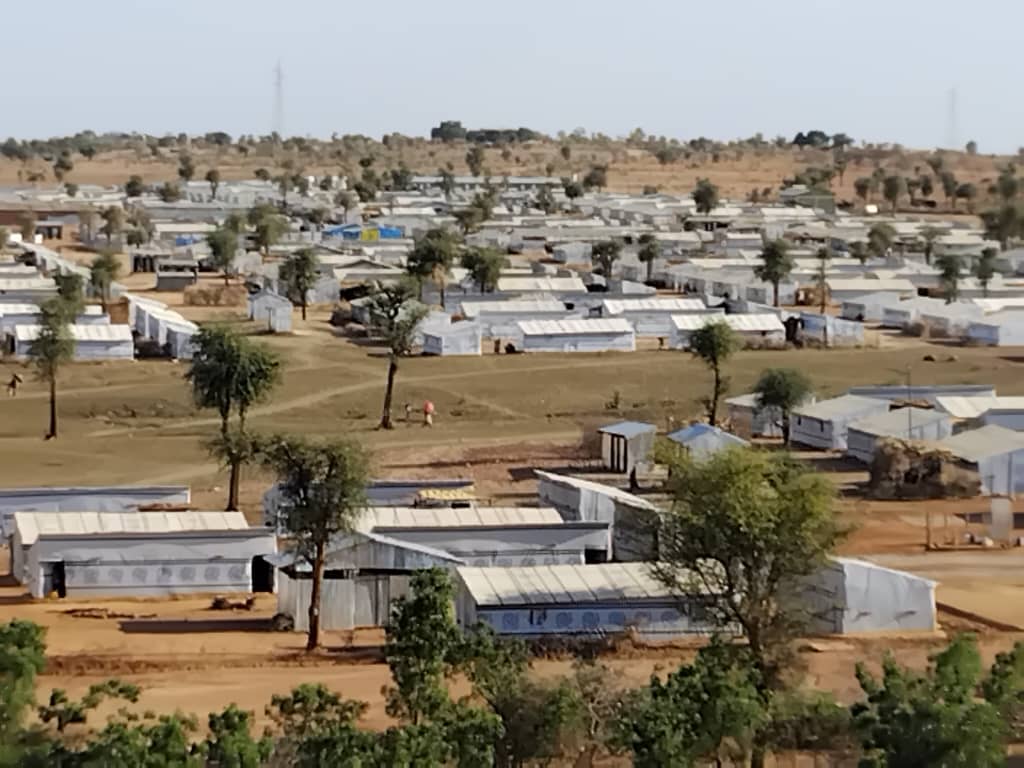OSSHD in partnership with ECDC provide cash support to 250 people
OSSHD in partnership with ECDC provide cash support to 250 people in need at Hagereselam. A total of 500,000 Birr invested in this activity.
USAID Caring for vulnerable children (CVC)
Improve health and well-being outcomes for orphans and vulnerable children.
Orphans and Vulnerable Children (OVC).
Semen/Mekelle, Ayder/Mekelle, Quiha, Wukro, Adigrat, Adwa, Axum and Shire Endaselassie.
The USAID Caring for Vulnerable Children (CVC) Activity is a PEPFAR-funded project that aims to improve HIV prevention and treatment outcomes among vulnerable children and adolescents and contribute towards mitigation of the impact of HIV on children, their households, and communities in Tigray. The program has two main focus; OVC comprehensive program and OVC preventive program.
The OVC Comprehensive focuses on:
- CALHIV, especially those newly diagnosed, new on treatment, with poor viral suppression, or who have a history of interruption in treatment and have returned to care.
- Children of mothers living with HIV (HIV-exposed infants [HEIs]) especially those born to HIV-positive adolescents, and other high-risk mother-baby pairs.
- Newly diagnosed or adolescent mothers or those recently enrolled on ART.
- Children of HIV-positive caregivers who are virally unsuppressed, just returned to care, are newly diagnosed or new on treatment.
- Survivors of GBV and violence against children (VAC).
- Children of key population (KP) members.
The OVC preventive program focuses on Adolescent boys and girls ages 10–14 OVC Comprehensive Program and strives to achieve :-
- Scaling up index testing (100 percent of biological children <19 years of a parent diagnosed with HIV).
- Offering enrollment in the OVC program to at least 95 percent of HIV-positive children in TX_CURR (<20 years) in the target SNUs from clinical set-up.
- Prioritize those with poor viral suppression and those with interruption in treatment returned to care.
- Ensuring that at least 95 percent of OVC_SERV have known HIV status, those with HIV risk factors receive HIV testing services (HTS), and those diagnosed HIV-positive access same-day treatment.
- – Ensuring that 100 percent of HIV-positive OVC_SERV are on ART.
- Supporting clients on ART to adhere to their treatment and remain in care.
- Supporting HIV-positive OVC to access viral load (VL) testing and regular screening for tuberculosis (TB) and HIV, and to achieve viral suppression.
- Provision of family-centered, child-focused CM, including routine home visits by well-trained and supported case workers (CWs), individual child assessments and case plan development, referrals, routine monitoring of child and family well-being, effective and efficient family graduation, and case closure.
- Provision of services including emergency social protection grants, educational materials to facilitate continuity on treatment for OVC, and support to survivors of sexual violence.
PEPFAR/USAID/FHI360


Camp Coordination and Camp Management (CCCM) response to Support conflict affected IDPs recently returned or relocated in Sheraro, Northwest Tigray.
Camp Coordination and Camp Management (CCCM) response to Support conflict affected IDPs recently returned or relocated in Sheraro, Northwest Tigray.
Multisectoral (Wash, CCCM, ESNFIs, Protection, MPC) Emergency support to relocated IDPs and host communities in central Zone, Tigray Region.
Multisectoral (Wash, CCCM, ESNFIs, Protection, MPC) Emergency support to relocated IDPs and host communities in central Zone, Tigray Region.
Adiabay IDP site in Sheraro is one of the 47 IDP sites under OSSHD CCCM resposiblity
Adiabay IDP site in Sheraro is one of the 47 IDP sites under OSSHD CCCM resposiblity
Read attached PDF for more information
Camp Coordination and Camp Management and Communication with Communities (CCCM and CwC)
Improve the living conditions, assistance, and protection of 538,543 IDPs and host communities by facilitating the equitable access to multisector services and the provision of quality community-centered protection services in IDP sites and settlements through effective site based CCCM and delivery of Area Based CCCM Service.
Internal Displaced Persons (IDPs) and Affected host communities
Maichew, Mekelle, Abi Adi, Axum and Shire
OSSHD/ UNHCR CCCM and C&C project focuses on assisting internally displaced persons (IDPs) living both in collective centers and with host communities. It aims to establish and rehabilitate IDP drop-in centers in dispersed locations to provide assistance and coordination of services. The goal is to ensure a coordinated and area-based response to meet the urgent needs of vulnerable IDPs.
- Seeks to provide assistance, coordination, and support to IDPs and host communities affected by the conflict in the Tigray region. Its focus is on improving living conditions, access to services, and promoting the dignity of conflict-affected individuals.
- Implementation of the project involves effective coordination, information sharing, and site development. It aims to empower and engage IDPs and host communities through community governance structures, information desks, and complaint feedback mechanisms. Coordination, monitoring, and mapping of services will be carried out, along with safety mapping and audits. Site improvement and planning activities will also be conducted to address the needs of the displaced population.
- Covers IDPs in collective centers in Maichew, Abi Adi, Shire, Mekelle, and Axum towns, as well as the implementation of area-based CCCM in Maichew, Aksum, Abi Adi, Shire, and Mekelle. Additionally, a percentage of host communities will benefit from improved access to information, services, and assistance through enhanced coordination mechanisms.
- Aims to support durable solutions through assisting the return/ relocation exercise, consolidation of IDP sites, and community-led rehabilitation and maintenance of IDP sites and Drop in Centers.
The United Nations Higher Commissioner for Refugees (UNHCR)







